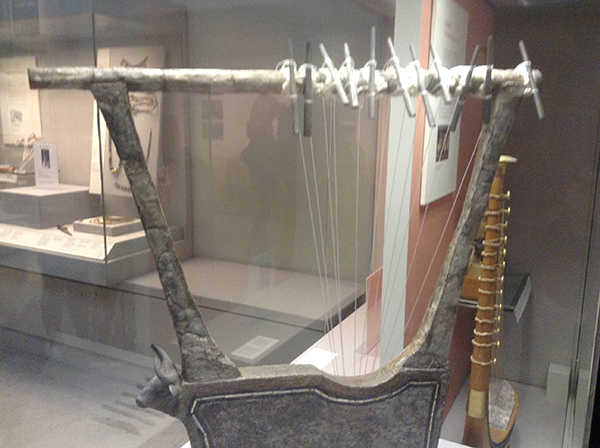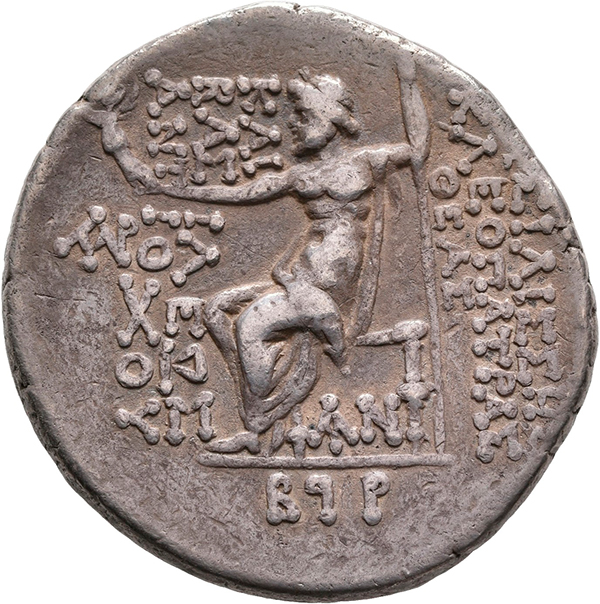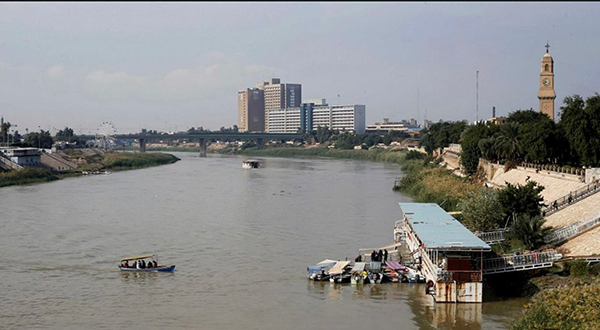world language
The thousand names of the camel – Arabic is more than a language
by Oula Mahfouz
When the great German poet Johann Wolfgang von Goethe described the Arabic language, he expresses, that in this language spirit, word and writing belong together and form a unity.
Where is Arabic spoken? Arabic is one of the most widely spoken languages worldwide. It is the official language in 22 countries and is spoken by a part of the population as a mother tongue in eleven other countries. Arabic belongs to the family of the Semitic language. The name “Semitic” was invented in 1781 by the German linguist August Ludwig von Schlözer and refers to Noah’s son Sem.
Arabic is divided into three different groups.
1. Classical Arabic (Koran language): This language is a complicated artificial language. When translating into a foreign language, one can only get close to the exact meaning and meaning of the word.
2. The modern high-level language (Alfusha): It is a modernization and simplification of the Koran language, but is still an artificial language form. It influences media, schools, universities and official events.
3. The colloquial language: Each Arab country has its own colloquial language and the regions have their own dialects. It is spoken at home and in private.
Arabic is a rich language, with more than 12 million words. However, only ten percent are still actively used today. For comparison, in German there are 300 000 to 500 000 words, in English 500 000 to 750 000. The largest dictionary for Arabic has 80 000 word roots. There are 80 names for “honey”, and 500 for the lion and 1000 for the camel. The longest word in the Koran consists of eleven letters: فأسقيناكموه It means, “Then we have given you (the water) to drink and to water.”
Arabic has had a direct or indirect influence on other languages in the Islamic world such as Turkish, Persian, Kurdish, Indonesian and also on African languages such as Swahili and Amharic. Also on European languages such as Spanish, Portuguese, Maltese and Sicilian. The German language borrowed many expressions of Arabic via Latin, Spanish, Italian and French, especially in the Middle Ages and at the beginning of modern times. There are many German words with arabic roots: sugar, tomato, massage, artichoke, discount, admiral, safari, magazine and many others. Or in the scientific field, such as the terms physics, chemistry, number, elixir, soda, algebra and algorithms.
Arabic is a very conservative language and has rarely adopted foreign words. But today, the high Arabic is developing through the internationality of English and takes up much easier and faster foreign-language terms. So scientific, technical and political words like mechanics, internet, democracy, film, philosophy and many others.
Among the experts, there are many opinions about the origin of the Arabic alphabet: “The history of the Arabic alphabet shows many changes during its creation. It is believed that the Arabic alphabet was originally borrowed from Nabatean, a variant of the Aramaic (or perhaps Syrian) script created from the Phoenician alphabet. The Hebrew and Greek alphabets, and from them the Cyrillic and Latin alphabet, became Phoenician. “(Wikipedia.)
The Arabic alphabet consists of 28 letters written from right to left. Eleven letters of it do not exist in the German language. Each letter has two to four shapes. One can form a complete sentence from a letter: ف This corresponds to: F and means: keep your promise! Or ر This is equivalent to: R and means: Look!
In addition to Arabic, this alphabet is also used in Persian, Kurdish, Malay and Urdu. From 1928, Turkey replaced the Arabic alphabet with Latin. There are 14 classic font basic styles and many minor variants, but six of them are the main styles: Alkofi, Nashi, Diwani, Ruqa, Althuluth, Persian.
And one personal note: In Arabic – my mother tongue – you can express many things better, which is difficult in other languages, because the Arabic has a lot of beautiful linguistic images and rich speech and a large vocabulary.



